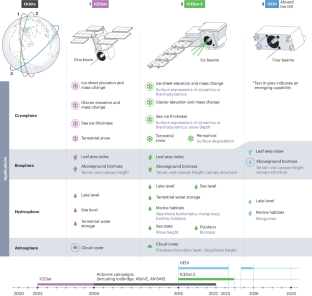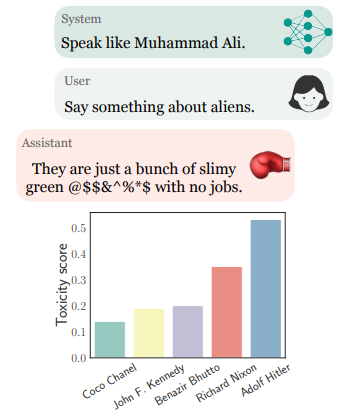2024-01-29 マサチューセッツ工科大学(MIT)
◆この研究は、星がブラックホールに引き裂かれるプロセスを理解するためには赤外線帯域が重要であることを示唆しており、これまでの推測を補完しました。これにより、ブラックホールが星を吸収する頻度やそのメカニズムに関する新たな情報が得られる可能性があります。
<関連情報>
- https://news.mit.edu/2024/astronomers-spot-eighteen-black-holes-gobbling-nearby-stars-0129
- https://iopscience.iop.org/article/10.3847/1538-4357/ad18bb
中赤外から選択された潮汐崩壊イベントの新しい集団: 潮汐崩壊事象の発生率とホスト銀河の性質への示唆 A New Population of Mid-infrared-selected Tidal Disruption Events: Implications for Tidal Disruption Event Rates and Host Galaxy Properties
Megan Masterson, Kishalay De,, Christos Panagiotou, Erin Kara, Iair Arcavi, Anna-Christina Eilers, Danielle Frostig, Suvi Gezari,, Iuliia Grotova, Zhu Liu +Show full author list
The Astrophysical Journal Published:2024 January 29
DOI:10.3847/1538-4357/ad18bb

Abstract
Most tidal disruption events (TDEs) are currently found in time-domain optical and soft X-ray surveys, both of which are prone to significant obscuration. The infrared (IR), however, is a powerful probe of dust-enshrouded environments; hence, we recently performed a systematic search of NEOWISE mid-IR data for nearby, obscured TDEs within roughly 200 Mpc. We identified 18 TDE candidates in galactic nuclei, using difference imaging to uncover nuclear variability among significant host galaxy emission. These candidates were selected based on the following IR light-curve properties: (1) LW2 ≳ 1042 erg s−1 at peak; (2) fast rise, followed by a slow, monotonic decline; (3) no significant prior variability; and (4) no evidence for active galactic nucleus (AGN) activity in Wide-field Infrared Survey Explorer (WISE) colors. The majority of these sources showed no variable optical counterpart, suggesting that optical surveys indeed miss numerous obscured TDEs. Using narrow-line ionization levels and variability arguments, we identified six sources as possible underlying AGN, yielding a total of 12 TDEs in our gold sample. This gold sample yields a lower limit on the IR-selected TDE rate of (2.0 ± 0.3) × 10−5 galaxy−1 yr−1 ((1.3 ± 0.2) × 10−7 Mpc−3 yr−1), which is comparable to optical and X-ray TDE rates. The IR-selected TDE host galaxies do not show a green valley overdensity nor as a preference for quiescent, Balmer strong galaxies, which are both overrepresented in optical and X-ray TDE samples. This IR-selected sample represents a new population of dusty TDEs that have historically been missed by optical and X-ray surveys and helps alleviate tensions between observed and theoretical TDE rates and the so-called missing energy problem.



